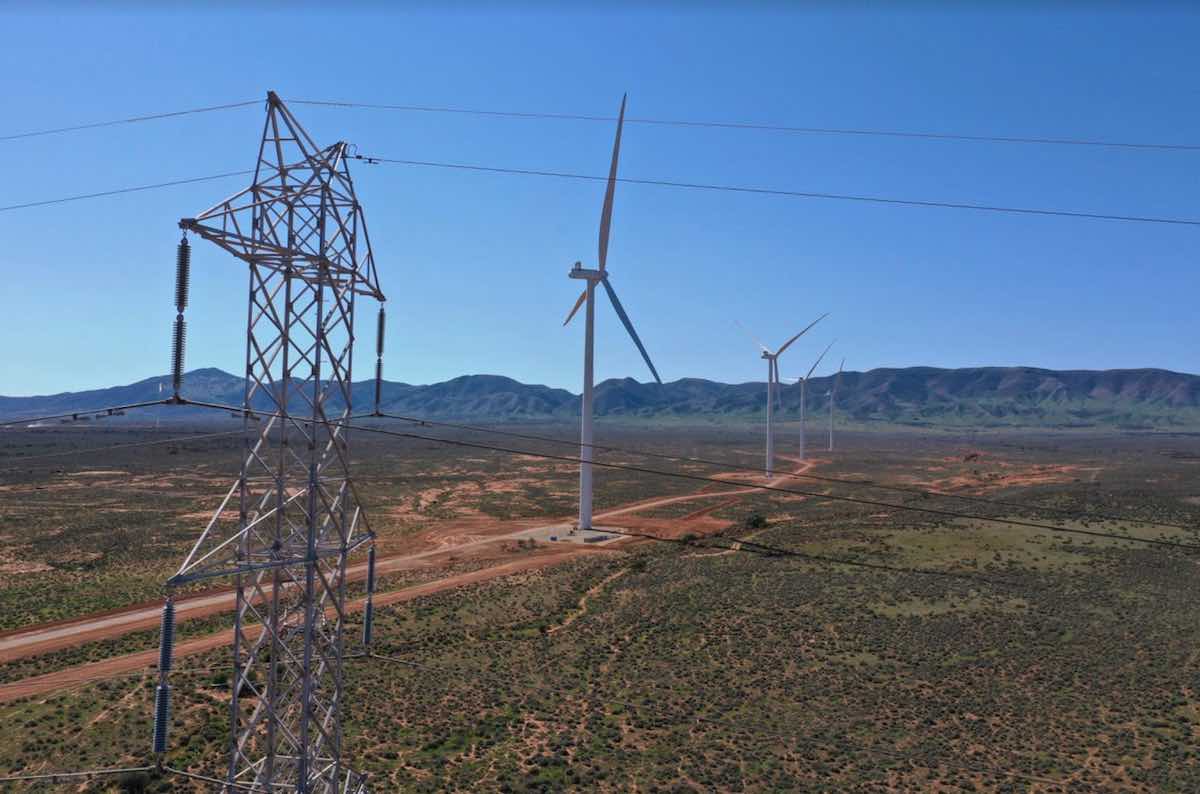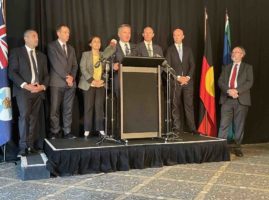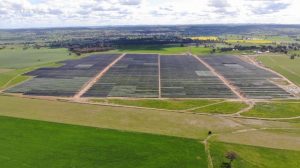A renewable energy investor group has expressed its frustration with the Energy Security Board’s progress on electricity network transmission access reform, saying it is ignoring ideas that could spur new investment and being difficult to work with.
In a submission to the ESB, the Clean Energy Investor Group (CEIG) questions the body’s focus on timeframes and ideas, such as using Location Marginal Pricing (LMP) as a market signal, that do nothing to spur the kind of investment Australia needs in crucial renewables projects.
Australia has a very large development pipeline of proposed renewable energy projects – more than is needed for the country’s energy transition from coal and gas – but is facing a challenge to get them financed and converted to final investment.
This is largely because of problems with grid congestion and the lack of reforms to help unblock this congestion, says CEIG chair and CEO Simon Corbell.
More investment is critical
“The pipeline for final investment projects remains below what we need it to be. We need many more of those projects proceeding to construction,” Corbell told RenewEconomy.
“What this means at the moment is we continue to see not enough projects coming on to replace the thermal generation that is going to continue to exit and exit more quickly. That’s the risk of not incentivising new investment sufficiently.
“We think the ESB is looking at this issue through the lens of dispatch efficiency and not enough through the lens of incentivising new investment,” Corbell said.
“As an investor body, we would say that getting more investment into the sector is critical if we’re going to have the new generation that we need over the next 10-15 years as the NEM decarbonises because we’re just not getting sufficient investment at this time.”
Look at different models
The CEIG wants proposals for LMP to be thrown out, a short term price signal intended to help investors decide on the best place to develop a project that has the least amount of congestion.
Congestion is a problem that occurs when too many generation projects connect to one part of the energy grid resulting in the project needing to cut back the amount of power it can sell into the National Energy Market.
Corbell says LMP does nothing to physically curtail the congestion risk because as soon as another project connects to the grid the earlier movers now face congestion risk and curtailment.
“It means we will continue to see very high levels of revenue risk for new projects because of congestion, and congestion will continue to grow over time,” he says.
“Investors will remain reluctant to commit to new projects if they can’t proceed with a better level of certainty around being able to sell their product and get to market. Congestion stops being able to get that product, energy, to market,” he says.
Transmission queue model overlooked
The CEIG is frustrated that despite lodging its submission on a proposed congestion-busting Transmission Queue Model nine months ago, the ESB is not progressing.
“The ESB’s style of engagement – long periods of silence, then distributing highly technical papers focused on narrow topics one day before a meeting – has not been conducive to genuine conversations and co-design,” the CEIG says in the submission.
“CEIG is concerned with the ESB’s main focus on dispatch efficiency. CEIG would like to see more thinking and discussion around the modelling of investment timeframe costs and benefits (i.e. avoiding congestion in the first place through improved locational signals).”
CEIG says the ESB’s TQM scope is too narrow and not realistic, given government assumptions of having 82 per cent renewable energy by 2030 would mean the short-term (hourly) cost of power would be zero in most instances.










